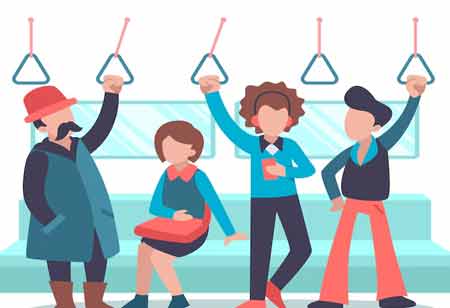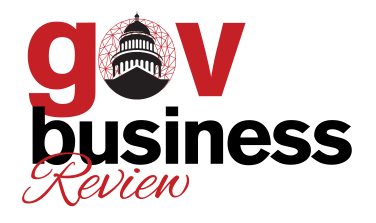Thank you for Subscribing to Gov Business Review Weekly Brief
Rethinking Public Transit: Challenges and Solutions
As urbanization progresses globally, public transportation is an essential link, facilitating access to employment, education, healthcare, and recreational activities.

By
Gov Business Review | Wednesday, July 16, 2025
Stay ahead of the industry with exclusive feature stories on the top companies, expert insights and the latest news delivered straight to your inbox. Subscribe today.
Fremont, CA: As urbanization progresses globally, public transportation is an essential link, facilitating access to employment, education, healthcare, and recreational activities. Various transit modes, including buses, trams, ferries, and metros, are vital components of cities' social and economic infrastructure worldwide.
However, despite their importance, public transit systems frequently encounter numerous challenges that can compromise efficiency, limit accessibility, and obstruct their potential to foster sustainable and equitable urban growth. Key issues such as overcrowding, insufficient infrastructure, poor scheduling, and lack of funding significantly impact the effectiveness of these systems.
Through strategic planning, innovative approaches, and successful execution, cities can enhance and modernize their public transit networks. By comprehensively understanding the challenges faced by public transit, urban areas can adopt appropriate strategies to address these issues, ultimately moving towards the overarching objective of creating vibrant, sustainable, and accessible cities.
Unpredictable Delays:
Unforeseen delays in public transportation may arise from various factors, including mechanical failures, traffic jams, and adverse weather conditions. Such delays can result in significant inconvenience, potentially causing individuals to miss appointments, arrive late to work or school and experience heightened stress levels.
The introduction of a Real-Time Arrival system could mitigate these challenges. This system would deliver real-time information directly to commuters via mobile applications or digital display boards at transit stations, enabling them to modify travel arrangements.
Overcrowding:
Overcrowding in public transportation poses significant challenges, not only in terms of inconvenience but also regarding safety and public health. A crowded train or bus can facilitate the spread of illnesses, particularly in light of the ongoing COVID-19 pandemic. Furthermore, it increases the likelihood of accidents and diminishes the overall comfort experienced by passengers.
One effective strategy to alleviate overcrowding is to increase the frequency of transit services during peak hours. By deploying additional buses or trains during these busy periods, passengers will benefit from more excellent space within the vehicles, thereby reducing congestion and promoting a safer, more pleasant commuting experience.
Insufficient Coverage:
The lack of adequate public transit services poses a significant obstacle to accessibility, especially in suburban and rural regions. These areas frequently experience diminished demand, leading to insufficient or absent public transit options. This situation creates challenges for individuals without personal vehicles, low-income families, and those with disabilities, restricting their access to vital services such as healthcare, education, and job opportunities.
Transit authorities might explore expanding services to these less populated regions to address this concern. Although this may initially present financial difficulties due to lower demand, such an investment could yield long-term benefits by fostering inclusivity and ensuring that public transportation is accessible to a broader population.
Inadequate Infrastructure:
Inadequate infrastructure significantly hampers the effectiveness of public transit systems. Deteriorating infrastructure and insufficient maintenance can result in frequent service interruptions, compromise safety, and discourage individuals from utilizing public transit. Infrastructure deficiencies can manifest in various ways, including outdated vehicle fleets, neglected stations, a lack of dedicated bus lanes, insufficient shelters at bus stops, and inadequate signage.
To mitigate these challenges, regular maintenance is essential to prevent the accelerated deterioration of infrastructure and to guarantee the efficient operation of services. Enhancing infrastructure, such as improving walkway covers, can significantly improve the overall user experience. Additionally, providing shelter, seating and proper lighting at bus stops can enhance passengers' comfort and safety while waiting.






